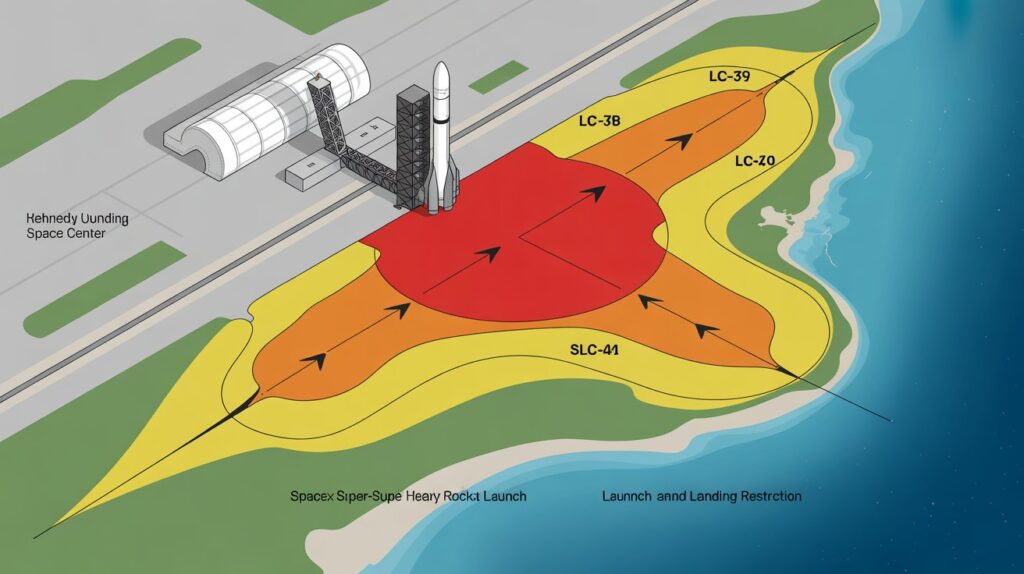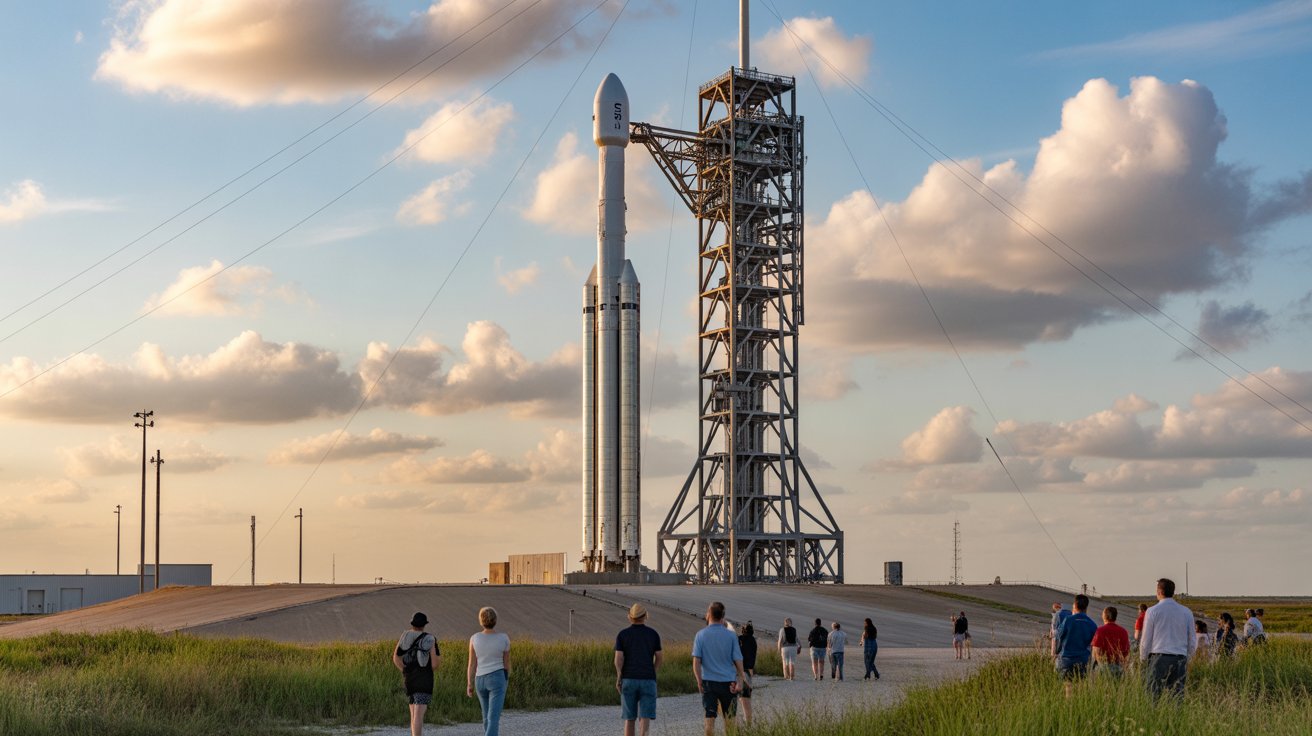Following a Sunday scrub, SpaceX is gearing up for the much awaited Starship Flight 10 from its Texas Starbase headquarters. Live launch coverage will let fans see every change in real time. Numerous people were seen walking the dunes encircling Launch Pad A to appreciate the fully stacked rocket. Elon Musk and his staff have been to great lengths to fix technical problems prior to liftoff, therefore guaranteeing that every system is fit for this important test flight.
Planning and Scheduled Liftoff
The start of an hour-long launch window, liftoff from Pad A at Starbase is set for 6:59 p.m. CDT (7:59 p.m. EDT / 2359 UTC). About two hours before the launch, live coverage is expected to start.
Intending for its first launch attempt on Sunday, SpaceX finished stacking its 400foottall rocket on Saturday evening. But less than 20 minutes after topping off the upper stage, Ship 37 developed a problem that stopped the countdown at Tminus 39 minutes and 55 seconds.
Sunday Scrub and Liquid Oxygen Problems
Minutes after stopping the countdown, SpaceX informed social media that Sunday’s launch attempt was scrubbed to let time to fix a ground systems malfunction. Elon Musk later acknowledged on X that the problem concerned a ground-side liquid oxygen leak.
Crews were seen working on the rapid disconnect system, which has a pathway enabling access to the tanks for both liquid methane and liquid oxygen. Staff members kept working into the following day to make sure every system was completely functional ahead of the postponed launch attempt.
Launch Pad Security and Processes

The public route next to Pad during the first launch attempt A was closed at 11 a.m. CDT (12 p.m. EDT / 1600 UTC); workers were released from the pad around an hour and a half later. A similar security plan is anticipated for the Monday evening debut. These strategies protect both personnel and spectators while preserving a regulated environment for the rocket’s preparation and liftoff.
Mission Objectives: Flight 10
Unlike earlier flights, SpaceX will not attempt to catch the Super Heavy booster, tail number B16. Instead, a controlled water landing in the Gulf is scheduled to show safe handling under offnominal situations. Two of the three center engines together with one of the ten middle ring engines will be used for the landing burn, proving that the If one of the center engines goes out, launch tower might still successfully grab the booster.
bigg-boss-19-first-fight-kunickaa-sadanand-baseer-ali-omelette
Ship 37 Suborbital Journey
Ship 37 will launch a suborbital flight with the relighting of a Raptor engine and the deployment of Starlink simulator satellites, then a carefully planned splashdown in the Indian Ocean around an hour after liftoff. Utilizing a Block 1 upper level, Flight 6 had previously landed safely in the Indian Ocean.. Flights 7 through 9 had technical problems that stopped the ascent burn or Starlink simulator distribution. Flight 10 seeks to check improvements and gather operating information.
Safety Precautions and Past Faults
Ship 36 exploded during a six-engine static fire test at SpaceX’s Massey test facility before Flight 10, damaging vital infrastructure Unseen damage in a composite overwrapped pressure vessel (COPV) was credited with the failure. Starship’s environmental control system runs on gaseous nitrogen. Engineers have since completely inspected all COPVs to stop reoccurrence and strengthened safety procedures.
Meeting FAA and public participation
Public meetings in Central Florida about SpaceX’s intentions at NASA’s Kennedy Space Center coincide with this launch week. . At LC39A, SpaceX has suggested up to 44 annual launches, 88 landings, and 88 static fires.To go over the preliminary Environmental Impact Statement (EIS), the FAA is hosting four in-person meetings and one online session . Until September 22, public comments are accessible so that interested parties may offer their ideas on SpaceX activities.
Conclusion
Following the Sunday scrub, Starship Flight 10 marks SpaceX’s second launch effort with all ground systems thoroughly examined for safety.. Live reporting will let fans monitor preflight checks, suborbital deployment, and splashdown procedure.
This project highlights SpaceX’s dedication to commercial spaceflight operational safety and development. Flight 10 emphasizes the company’s learning from past missions while pushing rocket technology bounds under FAA monitoring and public involvement.
